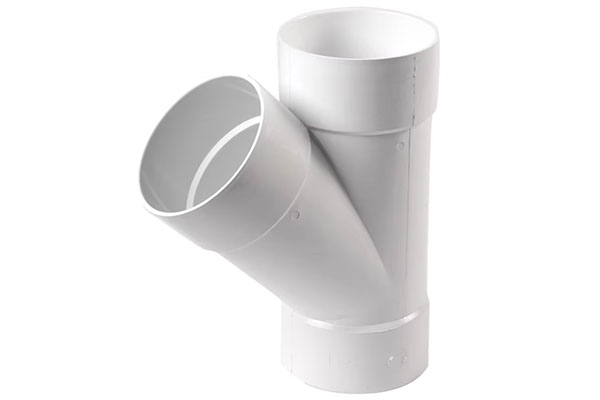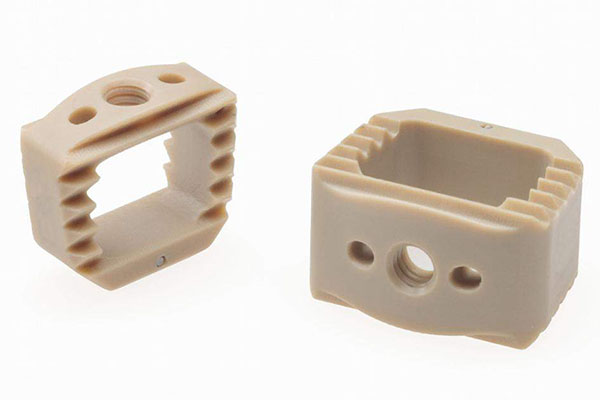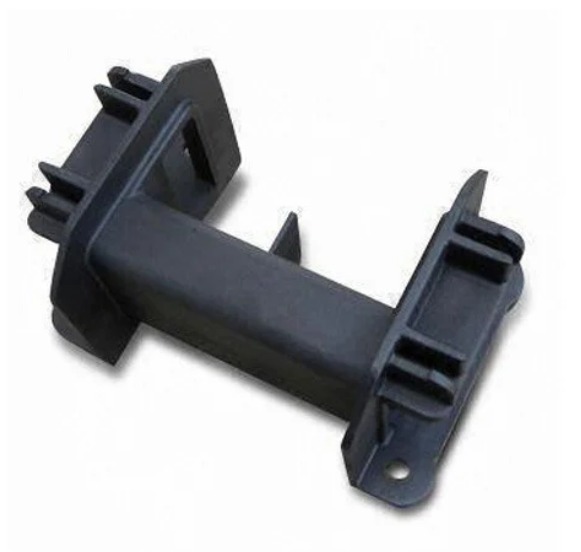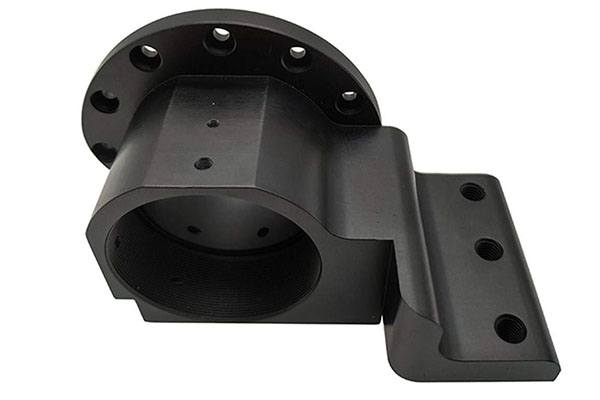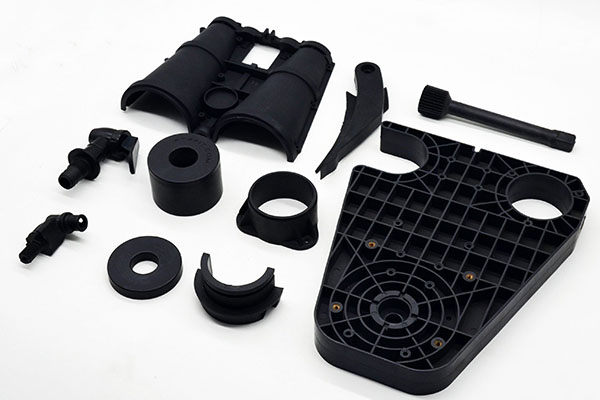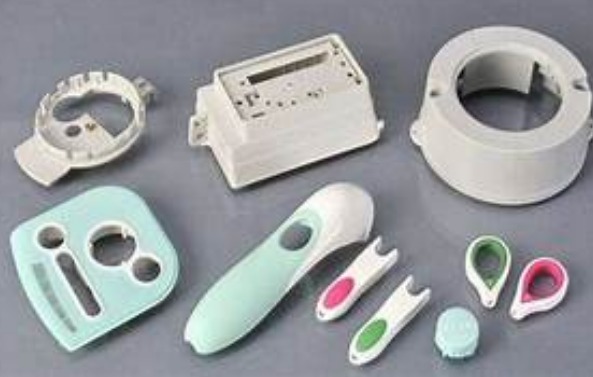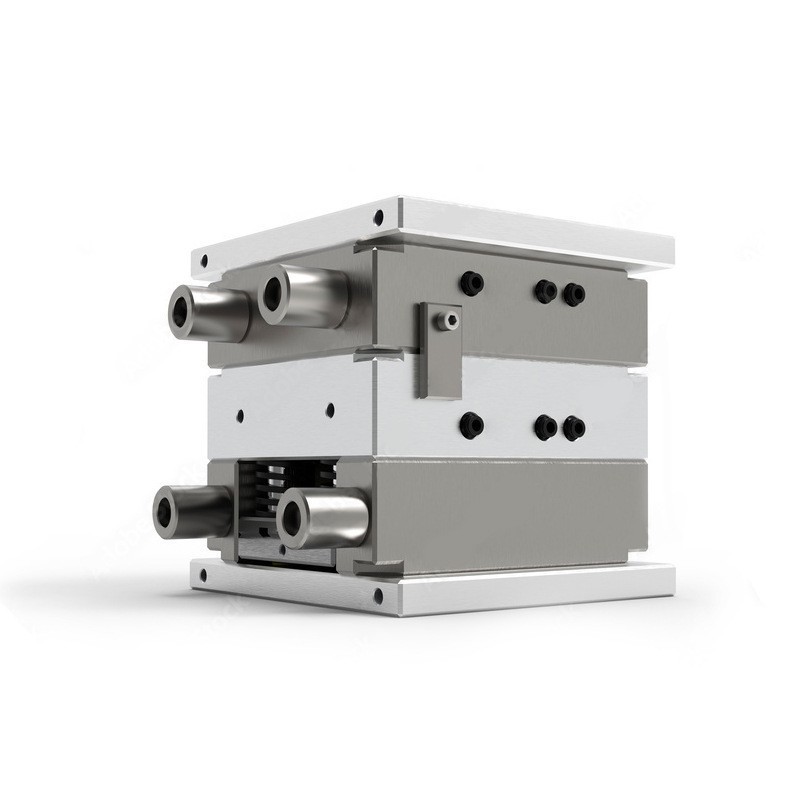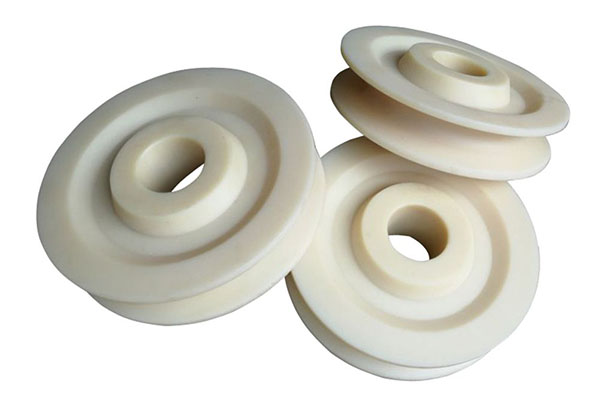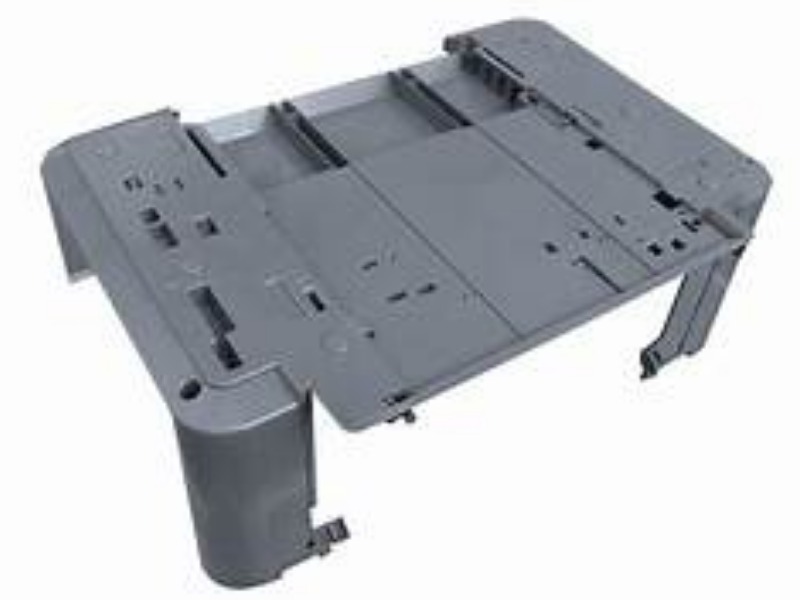Introduction
Polystyrene (PS) is a go-to material in injection molding for its versatility and cost-effectiveness, but it comes with its own set of challenges. Manufacturers often grapple with issues like achieving consistent part quality, reducing cycle times without sacrificing precision, and selecting the right PS grade for specific applications. Whether you’re working with general-purpose polystyrene (GPPS) or high-impact polystyrene (HIPS), understanding how to optimize the molding process, leverage material properties, and design molds tailored to PS is key. This guide will break down these critical areas to help you overcome hurdles and produce high-quality PS parts efficiently.
PS Injection Molding Process Optimization
Key Parameters for Success
- Melt temperature for polystyrene: PS melts at a relatively low range of 180°C to 240°C. GPPS typically requires temperatures between 180°C and 210°C, while high-impact PS (HIPS) needs slightly higher temperatures (200°C to 240°C) due to its rubber modifiers. Exceeding 260°C can cause thermal degradation, leading to discoloration and brittle parts.
- Injection pressure settings PS: For PS, injection pressure usually ranges from 500 to 1500 bar. Thin-walled parts may need higher pressure (1200–1500 bar) to fill properly, while thicker sections can use lower pressure (500–900 bar) to avoid flash.
- Holding pressure & cooling time optimization: Holding pressure should be 60–80% of the injection pressure, applied for 2–5 seconds to prevent sink marks. Cooling time is critical—typically 10–30 seconds, depending on wall thickness. PS has low thermal conductivity, so longer cooling times are needed for thick parts to ensure solidification.
- Screw speed & back pressure PS: Screw speed of 50–100 rpm works well for PS, balancing melt quality and shear. Back pressure should be low (1–5 bar) to avoid overheating the material, especially for GPPS, which is prone to shear-induced degradation.
Cycle Time Reduction Strategies
- PS molding cycle time reduction can be achieved by optimizing cooling: use conformal cooling channels to cut cooling time by 20–30%.
- Choosing between hot-runner vs cold-runner PS systems matters: hot runners eliminate runner waste and reduce cycle time by 10–15% compared to cold runners, which require extra time to solidify and trim.
PS Material Properties & Additives
Core Properties
- Polystyrene melt flow index (MFI): MFI (measured at 200°C/5kg) ranges from 1 to 40 g/10min. Higher MFI (15–40) indicates better flow, suitable for complex, thin-walled parts, while lower MFI (1–10) offers higher strength for structural components.
- PS glass-transition temperature (Tg): Around 100°C, which means PS becomes brittle below this temperature and softens above it—limiting its use in high-heat applications.
- Shrinkage rate of PS: GPPS has a low shrinkage rate of 0.4–0.7%, while HIPS shrinks slightly more (0.5–0.8%). This low shrinkage simplifies mold design compared to materials like PP.
- PS density & mechanical properties: Density is 1.04–1.06 g/cm³. GPPS is rigid and transparent but brittle, while HIPS adds rubber to improve impact resistance (2–5 kJ/m² vs. GPPS’s 1–2 kJ/m²).
Additives for Enhanced Performance
- PS additives play a crucial role:
- Flame retardants: Required for electrical components to meet safety standards (e.g., UL 94 V-2).
- UV stabilizers: Protect PS from sunlight-induced degradation, extending lifespan in outdoor applications.
- Colorants: PS accepts pigments and dyes easily, enabling vibrant, consistent colors for consumer products.
GPPS vs. HIPS: A Comparison
| Property | GPPS | HIPS |
| Transparency | Excellent | Opaque |
| Impact Resistance | Low (brittle) | High |
| Melt Temperature | 180–210°C | 200–240°C |
| Typical Applications | Disposable cups, CD cases | Toys, appliance housings |
Mold Design for PS Parts
Critical Design Elements
- Gate design for polystyrene parts: Edge gates are ideal for GPPS to avoid flow marks in transparent parts. For HIPS, sub-gates or tab gates work well. Gate size should be 0.5–1.5 mm in diameter, with larger gates for thick sections to reduce shear.
- Draft angle recommendations PS: At least 0.5° for GPPS and 1° for HIPS to prevent scuffing during ejection. Transparent parts may need 1°–2° to maintain surface finish.
- Wall thickness guidelines PS: Uniform wall thickness (1–3 mm) is key—thicker sections (>3 mm) can cause sink marks, while thinner walls (<1 mm) may lead to short shots. Gradual transitions between thicknesses reduce stress.
Practical Considerations
- Venting & ejector pin placement PS: PS requires good venting (0.02–0.05 mm gaps) to release trapped air, preventing burn marks. Ejector pins should be placed on thick sections or ribs to avoid damaging delicate areas, with diameters of 3–8 mm depending on part size.
- Mold temperature control PS: Maintain mold temperature at 20–50°C. Higher temperatures (40–50°C) improve surface finish but extend cycle time, while lower temperatures (20–30°C) speed cooling but may cause stress.
- Shrinkage compensation in PS molds: Account for 0.5% shrinkage in mold dimensions. Use computer-aided design (CAD) to adjust cavity sizes, ensuring final parts meet tolerances (typically ±0.1 mm for small parts).
Yigu Technology's View
As a parts custom manufacturing supplier, Yigu Technology excels in injection molding polystyrene. We optimize PS injection molding process parameters—from melt temperature to cooling time—to balance efficiency and quality. Our expertise in GPPS vs HIPS selection ensures clients get the right material for their needs, whether transparent packaging or impact-resistant toys. With precision mold design (including proper gating and venting), we deliver consistent, defect-free PS parts. Partner with us for cost-effective, reliable polystyrene solutions.
FAQs
- Can PS be used for food contact applications?
Yes, GPPS is FDA-approved for food contact, making it suitable for disposable cups, utensils, and food packaging. HIPS is also food-safe but less common due to opacity.
- How does HIPS differ from GPPS in processing?
HIPS requires higher melt temperatures and slightly more injection pressure due to its rubber content. It also has better impact resistance but lower transparency.
- What causes yellowing in PS parts?
Overheating (melt temperatures >260°C) or prolonged exposure to UV light without stabilizers can cause yellowing. Using proper process parameters and UV additives prevents this.
